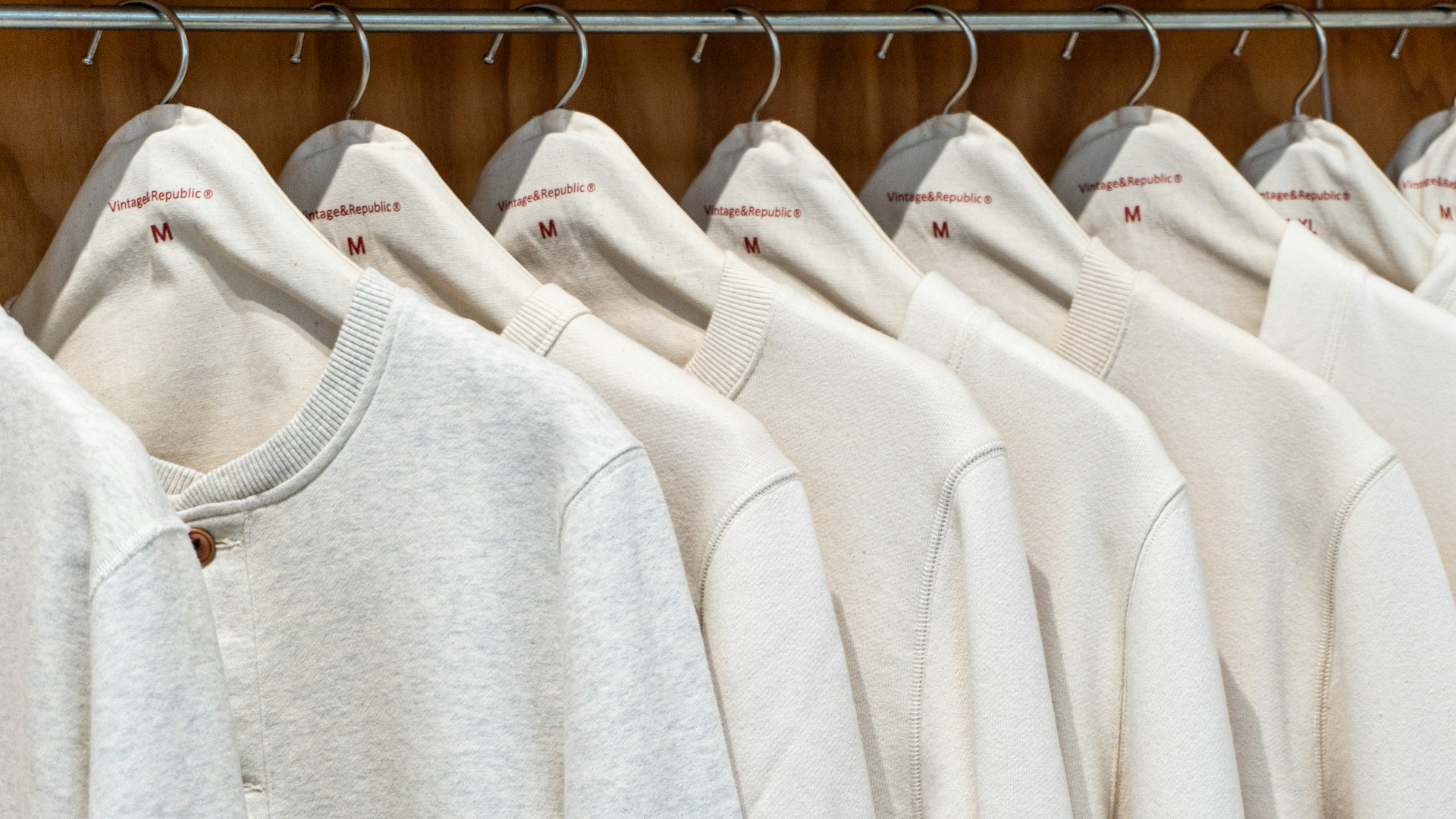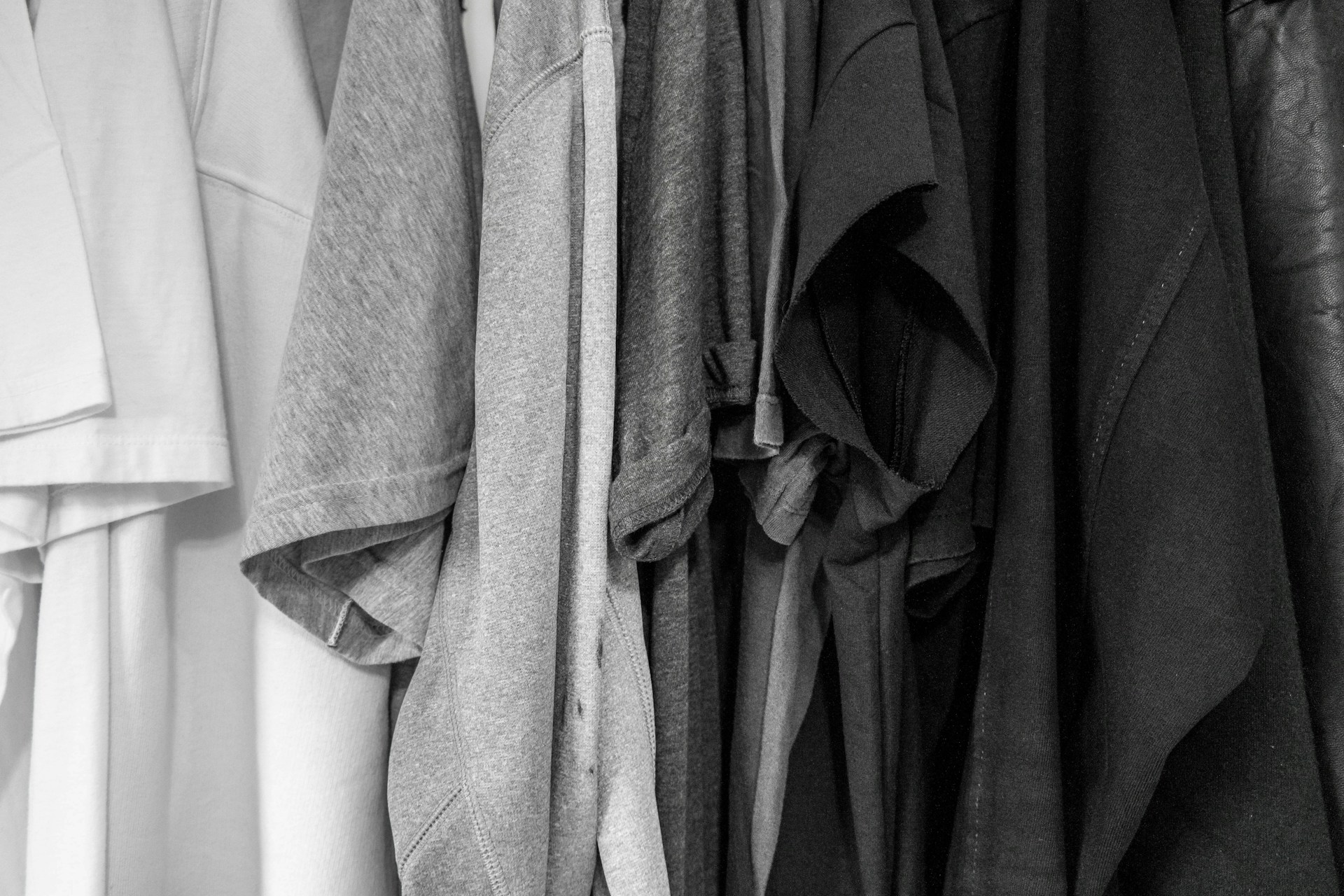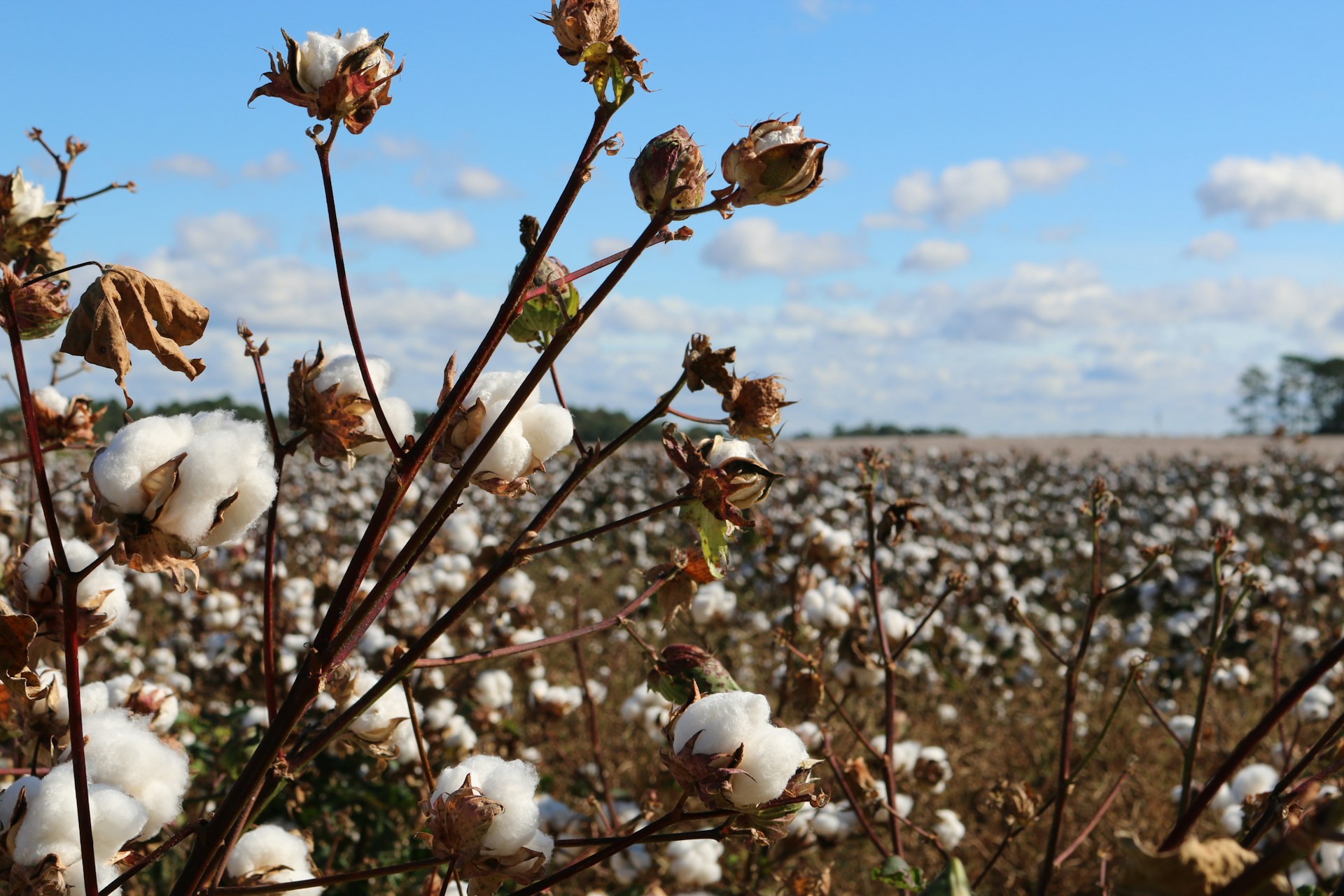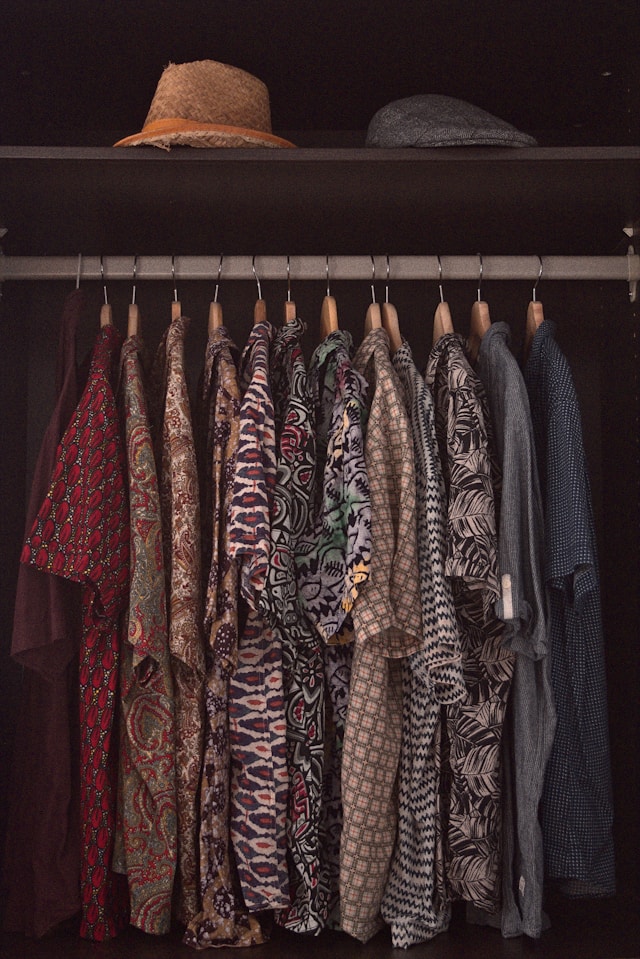Editorial
-
Read More: Fashion Forward: Sustainable Style in 2025Dive into the future of fashion! Bozena Jankowska reveals the wild side of sustainable design,…
-
Read More: Low Volatility Slots UK (2025) – Steady Wins, Smooth GameplayDiscover the best low volatility slots in the UK for 2025. Perfect for relaxed sessions…
-
Read More: Curating a Conscious Closet: A Stylish Woman’s Guide to Sustainable FashionTired of fast fashion? Discover ethically sourced clothing and vintage finds that are kind to…
-
Read More: Why Investing in Sustainable Fashion is Worth the PriceTired of fast fashion? Discover why sustainable fashion is worth every penny! Dress elegantly, feel…
-
Read More: Sustainable Workwear: A 2025 Guide to Eco-Friendly Office StyleDitch the drab! Discover stylish & sustainable workwear in 2025 that’s good for you and…
-
Read More: Ethical Production in Sustainable Womenswear: Why It MattersDitch fast fashion guilt! Discover stunning, ethically-made clothing that’s kind to the planet and the…
-
Read More: Mastering Monopoly Megaways: How to Maximize Your Wins with Bonus Features and StrategiesOkay, let’s be honest, who hasn’t dreamed of bankrupting their friends in Monopoly? The thrill…
-
Read More: The Ultimate Guide to Hosting a Sustainable Clothing SwapDitch fast fashion! Clothing swaps are the fun, eco-friendly way to refresh your wardrobe with…
-
Read More: Organic Linen: A Sustainable Choice in the World of FashionDive into my world of fashion! Discover sustainable choices, eco-friendly fabrics, and tips for a…
-
Read More: Building a Timeless and Sustainable Capsule WardrobeUnlock effortless chic! Discover how to build a sustainable capsule wardrobe filled with timeless pieces…









